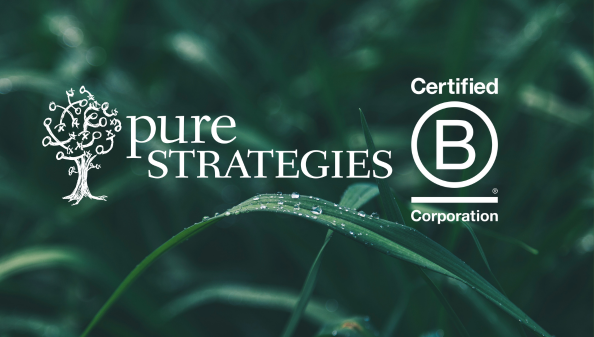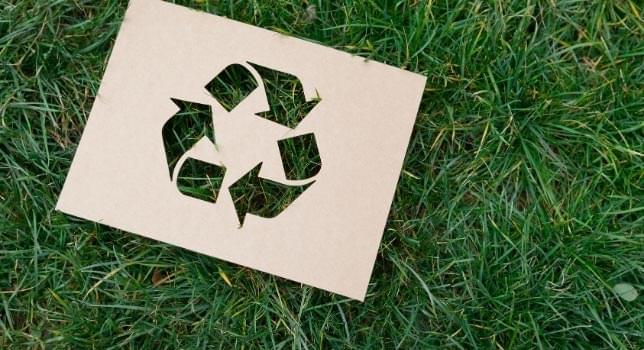With the excess of New Years’ Eve parties behind us, it’s a good time to check in on food waste – a problem that continues to scream for progress. With 40 percent of food in this country wasted, the opportunity to improve efficiency, reduce greenhouse gas emissions, change behavior, and save money is tremendous. While we’re still picking away at the edges of the problem in the United States and throwing away $165 billion in wasted food every year, the United Kingdom has been tackling food waste head-on with some exciting results. They’ve also established, through the non-profit Waste & Resources Action Programme (WRAP), a collaborative system that could be a model for other challenges.
Facts first
As hunger persists worldwide, the global population soars, and food production is a leading source of environmental damage, common sense and a basic sense of ethics demand that we fix this staggering problem:
- One-third of the food produced globally is wasted, according to the UN Food and Agriculture Organization (FAO)
- Food waste produces 3.3 billion tons of GHGs, just behind the emissions generated by China and the U.S.
- Just disposing of our food waste costs one billion dollars per year in the U.S.
Tipping the balance towards action is the fact that we still haven’t fully gone after the easy stuff. More than ninety percent of Americans are confused by “sell by” and “use by” labels, causing them to throw away useable food prematurely. Consumer education, improved packaging, and changes in retail policies such as those that encourage bulk buying could save large amounts of money and resources. And WRAP shows us we can do much more.
Learning from WRAP’s collaborative approach
The British effort has already cut avoidable household food waste by 21 percent – but even more impressive is the collaborative structure they harnessed to manage the problem. Established in 2000 with government support, WRAP provides business, trade, and local governmental groups with deep technical and market expertise, communication support, and opportunities for partnerships.
A key to WRAP’s success is investing in a nuanced understanding of where food waste is generated and how it can be prevented. This enables WRAP to set informed, and ambitious, multi-year goals, while also revealing paths toward meaningful change. WRAP helped leading UK retailer Tesco, for example, understand its food waste pitfalls, revealing that 65 percent of Tesco’s bagged salads and 40 percent of its apples were being wasted (in the store or in the home) – an appalling thought. WRAP’s research has also highlighted weak points such as confusion over labeling that are best addressed through a sector-wide effort, rather than by individual companies.
The centerpiece of the grocery sector program is the Courtauld Commitment, a voluntary agreement embraced by 52 leading retailers, brands and manufacturers. In addition to a framework for committing to public goals, signatories receive technical and business support:
- Technical guidance such as WRAP’s waste prevention Good Practice Guidance and hotspot analyses for 50 grocery products
- Extensive case studies and other resources including an extranet where signatories can share information
- Targeted research such as the performance improvement study WRAP commissioned for five leading retailers and their trading partners to demonstrate how collaborative supply chain work can reduce food and drink waste
- The Love Food Hate Waste website and app – both full of recipes, facts and tips to help consumers reduce waste
WRAP’s combination of goals, support and partnerships have driven successful innovations including: British grocery retailer Asda increasing the shelf life of over 1,500 products through delivery and store system changes; Cadbury, Mars, Nestlé, and grocery retailers minimizing Easter egg packaging; and Sainsbury’s Make Your Food Go Further education campaign.
These efforts have already yielded significant results:
- 1.7 million metric tons of waste prevented from 2010 – 2012
- £3.1 billion (over $5 billion) saved
- 4.8 million metric tons of GHGs avoided
- 10 percent reduction in the carbon impact of food packaging
To drive further change, the latest Courtauld Commitment goals aim to achieve 1.1 million metric tons of waste reductions from 2013 – 2015. WRAP is also spreading its focus on waste to the hospitality and food service sectors where significant food and drink losses also occur.
Extending WRAP’s approach
Can WRAP’s model apply in the United States? Our food waste landscape is similar and we would benefit from the same collaborative approach – joining governments, researchers, growers, manufacturers, retailers and consumers. Moreover, WRAP’s focus on expertise, voluntary public commitments, and collaboration provide an ideal framework for addressing a number of business and environmental challenges. As proof, WRAP’s mission extends beyond food waste with significant initiatives focusing on the built environment, sustainable products, and the use of waste as a resource.
While many sectors have trade associations that promote collaboration and research, they lack WRAP’s government partnerships and focus on voluntary commitment to industry-wide, public goals. When industry sectors coalesce around specific, long-term goals with a sense of urgency and opportunity, existing organizations should be able to evolve to the level of focused, structured approach WRAP has piloted. Then we will be able to channel the full measure of our energies and talents and achieve deep societal and behavioral shifts.


